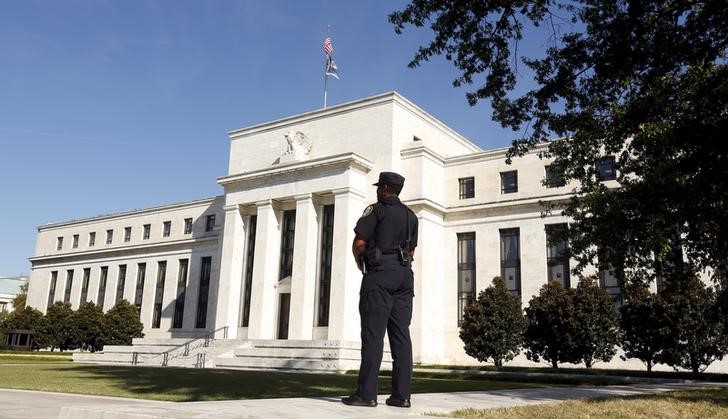The U.S. consumer price index (CPI) for April indicated a modest slowdown in inflation, which was roughly in line with market forecasts.
The CPI rose 3.4% year-on-year, a slight deceleration from the 3.5% increase reported in March. On a month-to-month basis, the index saw a 0.3% rise, which is less than the 0.4% anticipated and equal to the growth in March.
The Bureau of Labor Statistics (BLS) pinpointed shelter and gasoline prices as the primary contributors to the index's monthly rise, accounting for over seventy percent of the overall increase.
The core price measure, which excludes volatile items such as food and energy, also reflected a modest slowdown. Year-on-year, the core CPI increased by 3.6%, compared to the 3.8% growth seen in the previous month. The monthly increase for the core index was 0.3%, down from the 0.4% rise in March.
In related news, U.S. producer prices for April showed a more significant increase than expected, reinforcing the view that inflation pressures are persisting into the second quarter. As a result, investors are adjusting their expectations for U.S. interest rate cuts.
Market predictions now suggest less than 50 basis points of rate reductions by the end of December.
What are analysts saying
Despite the slight slowdown, the numbers remain above the Federal Reserve's target rate of 2%, which is considered necessary for stable and sustainable growth. Here are the first reactions from Wall Street analysts.
Evercore ISI: "[T]he cooling of inflation is continuing as most leading indicators for inflation are falling, though it will hit tough comps in two months. Retail sales release was quite soft. These releases suggest lower Treasury yields and inflation expectations... We tentatively estimate payroll employment will climb 150K in May. The unemployment rate could stay at 3.9%."
RBC Capital Markets: "The on-consensus CPI turnouts in the U.S. in April is a small relief but far from a cause of celebration. Price pressures moderated slightly but for the most part remained heightened, as readings for core measures stayed high... [W]e expect the Fed will stay on the sideline for most part of the year before opting for a first rate cut later in December. That's of course contingent on CPI readings continuing to move lower in the interim."
Wolfe Research: "We continue to believe we are past peak Fed hawkishness, and expect softer inflation and growth data in the near term to make the case to the FOMC for a September cut (as well as December)."
Wells Fargo (NYSE:WFC): "We believe it will take at least a few more benign inflation readings for the FOMC to feel sufficiently confident to begin lowering the fed funds rate. We continue to look for the first rate cut from the FOMC to come at its September meeting, but any additional bumps in the road would likely push that timing back, absent a marked deterioration in the labor market."
Morgan Stanley (NYSE:MS): "This weaker print compared to 1Q24 is the first month this year adding to the convincing evidence the Fed needs to start cutting in soon. We still expect more deceleration ahead, especially in 2H24, and we maintain our call for a first cut in September this year."
